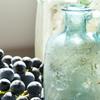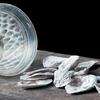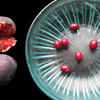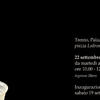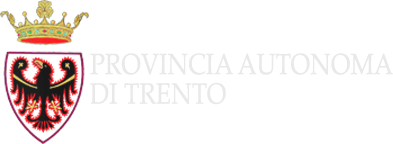Oysters and wine. Cooking and the ancient Romans
The exhibition "Ostriche e vino. In cucina con gli antichi romani" ("Cooking and the ancient Romans"), on display at the Tridentum romana, gives us a glimpse on food culture in ancient times along the river Adige, with finds from the archaeological investigations in Trentino.
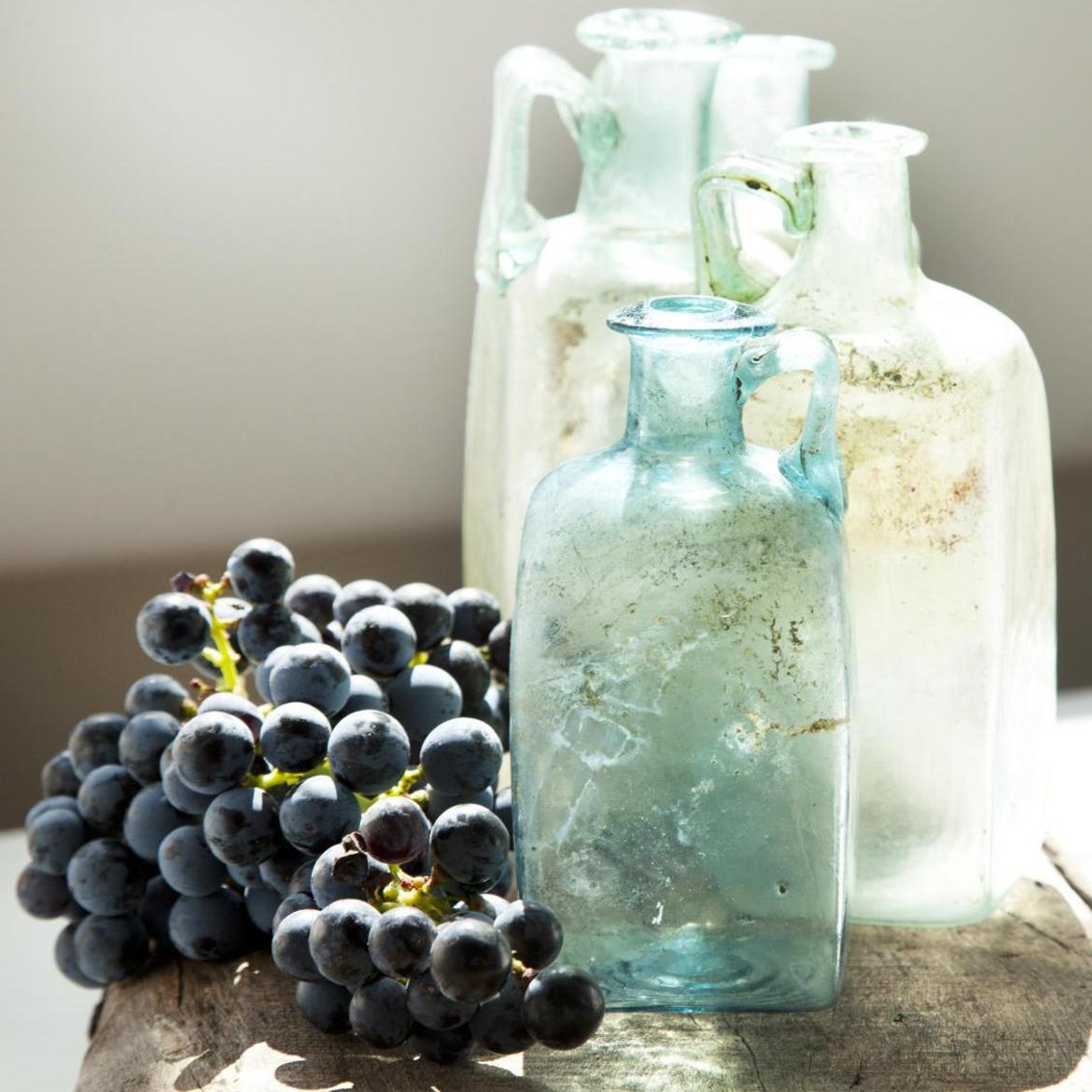
Fast food and slow food
A frugal breakfast first thing in the morning (jentaculum), made up of leftovers, bread and cheese or a biscuit dipped in wine or water, was followed by the prandium, a snack consumed standing up at the counter of the tabernae or purchased from street-sellers at midday. This was limited to bread, cold meat, vegetables and fruit, or hard-boiled eggs, cheese and vegetables, all washed down with a class of wine mixed with hot water in winter or cold water in summer.
Finally, at cena it was time to eat at leisure. The family came together around a wooden table for a more complete meal.
It was only at the luxurious banquets of wealthy patricians that the diners enjoyed sophisticated dishes lying down in triclinia surrounded by cushions and rich fabric, served by household staff who prepared the food by cutting it up into mouthfuls, alternating the numerous dishes with songs, music and cups of wine.
In the kitchen
Earthenware pots for soups, meat and vegetables, metal pans equipped with handles for fried foods and sauces, large casserole dishes for slow cooking and perforated pots for steaming. Food was usually prepared using the oven, char-grilling or hot ash.
The large baking tins found in the area in Via Prepositura in Trento, in a production unit active between the 1st and 3rd century AD, were used for a “company canteen service” destined for staff. The base was waterproofed using a thick layer of red paint, in a similar way to modern non-stick pans.
Suitable for baking or char-grilling, these pans were used for bread, meat, vegetable-based dishes or for patinae, flans made with eggs and the addition of different ingredients. It is possible to note the signs of ancient repairs on some items: metal staples holding the fragments together passed through the holes at the side of the cracks.
Kitchen utensils such as ladles, spoons, meat forks and knives were also used, presenting diners with foods cooked and already cut up and ready to be eaten, preferably with the hands.
The table
The table was laid with bowls, beakers and jugs in unpainted earthenware or with plates and cups in Samian ware, glass or bronze in wealthier households. Setting of the table was completed with knives and spoons in wood or metal.
One particularly valuable item found in the Lake Garda area was a multifaceted beaker in white glass, produced in the workshops of Rhineland and inspired by artefacts imported from the Near East.
The diet
Cereals undoubtedly represented the main basic food and were also the products that “travelled” most widely both by sea and by land, together with wine, oil and sauces. This type of “Mediterranean” diet, taken from the Greek tradition and enriched with various local products, was translated into vegetarian-based dishes, with the addition of meat, fish and eggs.
Information about the bitter and spicy flavour of ancient cooking has reached us through the recipes collected by Gavius Apicius, a representative of the highly “snobbish” Roman aristocracy.
Each meal was accompanied by garum, a sauce made with fish and left to soak in the sun, while wine diluted with water was never lacking (drinking pure wine was considered to be barbarous!), filtered using strainers to eliminate residues and seasoned with spices and honey to attenuate the strong taste.
Along the banks of the Adige
A fragment of a container with the inscription mellis (honey), coming from the site in Piazza Verzeri (formerly Bellesini) in Trento. The imprints of six large barrels, found in Palazzo Lodron, are an example of wine stores, perhaps destined for sale.
In the Trentino area the diet was again based on flours and vegetables, as demonstrated by organic remains (wheat, spelt, millet, barley, rye, lentils, peas and broad beans) recovered during the excavations of a farm at Navicello, near Rovereto.
Fruit and vegetables completed the meals, as demonstrated by the charred seeds and shells found in the Val di Non, the Adige valley and the Lake Garda area (grapes, pears, apples, pine nuts, walnuts, hazelnuts, cornelian cherries and olives). Meat (lamb, goat, pork and poultry), game (hare, deer), freshwater fish and snails were eaten more rarely.
Special dishes, such as the Adriatic oysters found in Piazza Verzeri (formerly Bellesini) and in the villa in Via Rosmini, were destined for distinguished members of the wealthier classes in the city.
Source:
Autonomous Province of Trento
Soprintendenza per i beni culturali
Ufficio beni archeologici
organization: Soprintendenza per i beni culturali Ufficio beni archeologici
